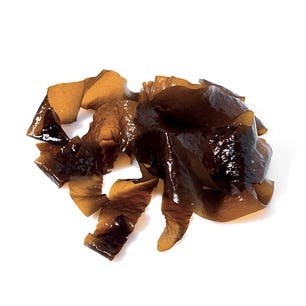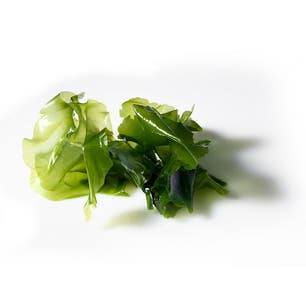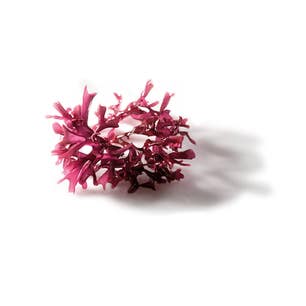Seaweeds: The Ocean's Culinary Gift
Seaweeds, the ocean's treasure, are swiftly gaining recognition in the culinary world for their unique flavors and health benefits. As an integral part of coastal cuisines for centuries, these sea vegetables are now making a splash in kitchens globally, celebrated for their versatility and nutritional richness.
In recent years, the culinary exploration of edible seaweeds has moved beyond traditional Asian cuisines, where they have been staples for millennia, to find a place in Western cooking. Chefs and home cooks alike are drawn to the distinct umami flavor that seaweeds impart, along with their ability to enhance dishes with subtle, oceanic nuances. From the delicate, sweet taste of wakame to the rich, smoky flavor of kombu, each variety of seaweed offers a unique palate of tastes and textures.
Seaweeds are not just a flavor enhancer; they are a superfood; seaweed snacks are very popular. Packed with essential nutrients like calcium, and vitamins A, C, and E, they are also a good source of iodine, protein and fiber. This combination of flavor and nutrition makes seaweeds an attractive ingredient for health-conscious consumers and those looking to add a new dimension to their cooking.
Types of Seaweed
Seaweeds come in a wide array of varieties, each with its unique flavor, texture, and culinary uses. The diversity of seaweeds is immense, and understanding the different types can open up a world of culinary possibilities.
One of the most familiar varieties is Nori, widely known for its use in sushi rolls. Nori has a slightly sweet, umami flavor and is commonly available in dried sheets. It's perfect for wrapping sushi, but can also be crumbled as a garnish for soups, salads, and noodle dishes.
Wakame, another popular variety, is often found in miso soup and seaweed salads. This dried seaweed is lightweight and compact, but it expands significantly and turns a vibrant green when rehydrated. Its tender texture and mild, sweet taste make it a versatile ingredient, suitable for both cold salads and warm broths.
Kombu, a type of kelp, is an essential ingredient in Japanese cuisine, particularly for making dashi, a flavorful broth base. Kombu imparts a deep umami flavor and is also valued for its high iodine content. It can be used whole, shredded, or powdered to add depth and nutrition to soups, stews, and rice dishes.
Another interesting variety is Sea Lettuce, a bright green, leafy seaweed. It's light and slightly crunchy, with a fresh, oceanic taste. Sea Lettuce is great for adding a pop of color and a nutritional boost to salads and is also delightful when lightly sautéed with garlic and olive oil.
Sea spaghetti, a brown algae resembling traditional pasta, offers a gluten-free, low-carb alternative rich in minerals and vitamins. Found along the North Atlantic coasts, it has a mild sea flavor and adaptable texture. Ideal for various dishes, it can be boiled or steamed and pairs well with diverse ingredients. Sea spaghetti transforms into a soft, pasta-like consistency when cooked, making it a versatile and nutritious option for innovative culinary creations.
Culinary Uses of Seaweeds
Seaweeds, with their diverse textures and flavors, have been a cornerstone in various global cuisines, particularly in Asia. However, their use is not confined to traditional dishes; these marine vegetables are finding their way into contemporary kitchens, bringing with them a wave of innovation and taste.
Seaweeds are incredibly versatile. They can be used fresh, dried, or rehydrated, each form offering a different culinary experience. Nori, perhaps the most well-known seaweed due to its association with sushi, is just the tip of the iceberg. It’s not only perfect for wrapping maki rolls but also serves as a crispy, flavorful topping when shredded over dishes like ramen or rice bowls. The subtle, slightly nutty flavor of Nori can complement many dishes without overpowering them.
Wakame, another popular seaweed, is often used in salads and soups. Its delicate, slightly sweet taste makes it a favorite in the classic Japanese miso soup, where it balances the richness of the miso paste. Wakame salad, seasoned with sesame oil and soy sauce, is a refreshing side dish that showcases its unique texture and taste.
Kombu is essential in Japanese cuisine for making dashi, a broth that forms the base of many dishes. It imparts a rich umami flavor, making it a fantastic flavor enhancer. Beyond dashi, kombu can be added to beans while cooking to make them more digestible and to infuse dishes with a savory depth.








